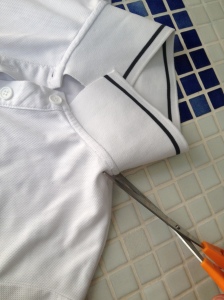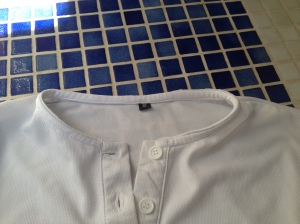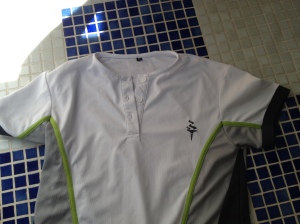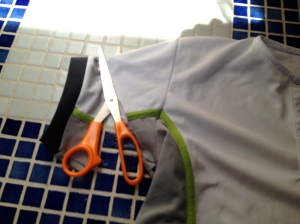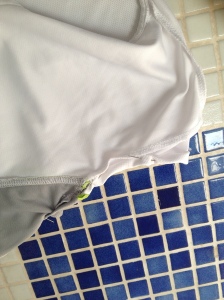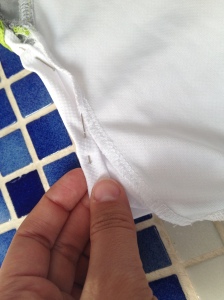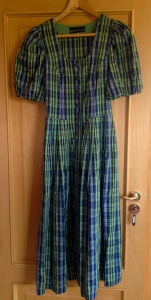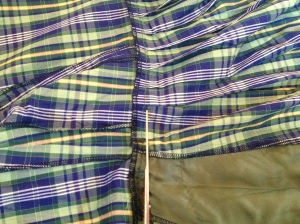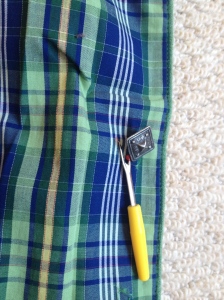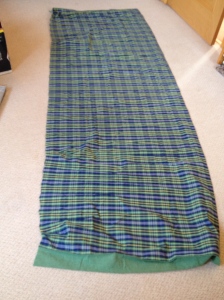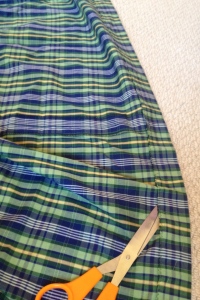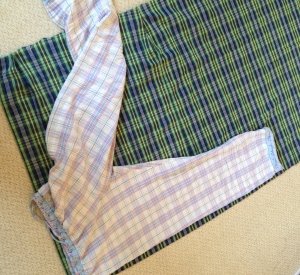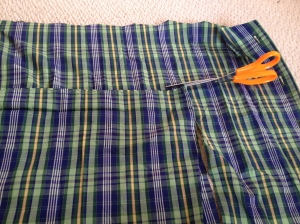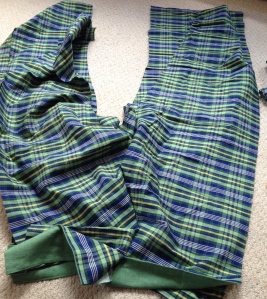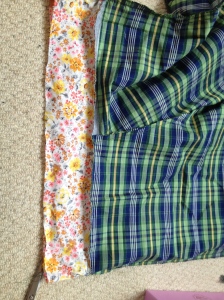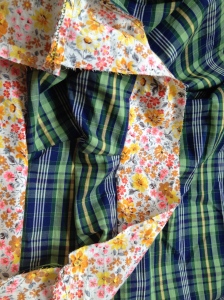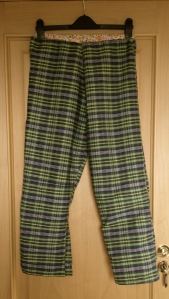Now we all know that some fabrics are more expensive than others, the difference in price is usually down to production cost and synthetically produced materials are normally a lot cheaper than fabric made out of natural occurring material. In my experience fabric out of natural fibers last longer and are much kinder to the skin as they let your skin breathe, which means less sweating ! When I go charity shopping, the two most important factors I consider before buying an item is:
1) Does this pattern/colour really suit me and what do I plan on making out of it that would complement my current wardrobe
2) What material is it made out of, this will determine, not only the longevity of the item but also what stitches I need to use when sewing it etc.
Heres a short guide to the most materials I sew with. I am sure I will be continuously editing this list and am thankful for any suggestions or knowledge you’d like to add.
NATURAL FIBERS
Natural fabrics are those which are created from the fibers of animals coats, the cocoons of silkworms, and plants seeds, leaves and stems. Its breathable, soft on the skin and durable. It also does not change color from UV light. I would always pick a natural fabric over a synthetic one.
Cotton:
Cotton is a naturally occurring fiber, which means that it is breathable and usually stretchy. You have different types of cotton such as lightweight or heavyweight, so anything from corduroys and jeans to t-shirts are made out of cotton. This material is often mixed with synthetic fibers to produce polyester for example. It is a staple but with time, it can loose its shape and your tshirt will be ill fitting. The good thing is however, that there is lots of it and it is relatively cheap to come by. Usually the higher the cotton content on an item, the more it’ll let you breathe.
Silk:
Silk is produced by insects for their cocoons and is one of the strongest natural fibers. It has a smooth, soft texture compared to other synthetic materials that imitate silk such as polyester. It is very lightweight, but keeps you warm and lets your skin breathe. Silk is rather expensive, but you can usually always find it in second hand shops in quite good shape!
Rayon:
Rayon is made from cellulose (so essentially wood) but due to the synthetic process it undergoes is considered a semi-synthetic material. There are different types of rayon such as modal, viscose and lyocell. I generally find rayon soft and breathable on my skin.
Linen:
Linen is fiber from a plant. Its costly to manufacture but the fiber is very absorbent and are known for their exceptional coolness and freshness in hot weather. At first Linen is quite a stiff fabric, but the more you wash it, the softer it gets. They crease easily but are strong and resistant fabrics.
Chiffon:
Chiffon is made from either cotton, silk or synthetic fibers. The structure resembles a mesh or net and gives it, its see through property. It is lightweight, comfortable but if made out of synthetic fibers will make you sweat. It is also very hard to sew, because its hard to grip, but if you put paper in between the material, it’ll be a lot easier.
SYNTHETIC MATERIAL
Synthetic or man-made fabrics are made from fibers which are either completely made from inorganic materials or organic materials combined with chemicals. Some are lightweight while others are heavy and durable fast. They usually imitate other natural fabrics but aren’t quite as luxurious. They are however often cheaper to produce than the natural material.
Lycra (also known as Spandex or Elastane):
This is a super stretchy and durable material. Completely synthetically produced and ideal for sports. It is usually mixed with cotton and is what makes material stretchy.
Polyester:
This is one of the most commonly found materials and is synthetically produced. I am not a big fan of polyester because it doesn’t let your skin breathe, which means you end up sweating a lot. It is lightweight and dries quickly and has the benefit of not needing to iron it. In my experience however, it isn’t very durable.
Acrylic:
Acrylic fabrics are usually shiny and lightweight. They don’t loose their glaze and are resistant. The material, like Polyester is not breathable, which is why I find it uncomfortable to wear.
For more information, visit this really informative website!
http://www.textileschool.com/articles/330/type-of-fabrics
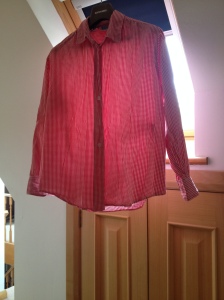
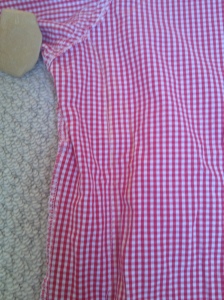
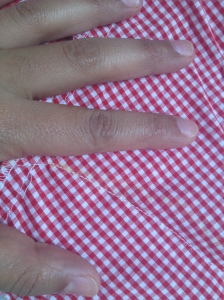
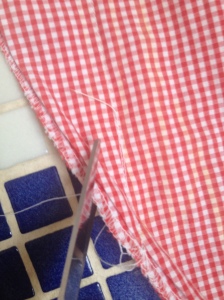
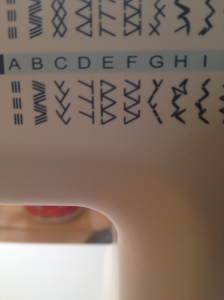
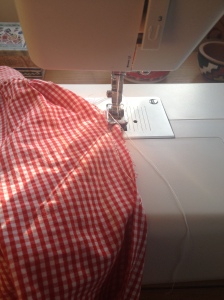
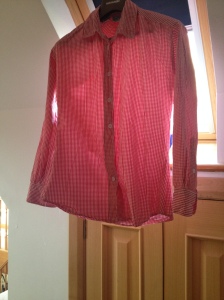
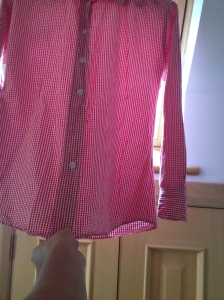
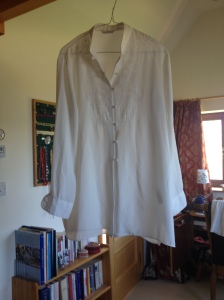
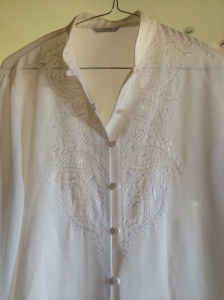
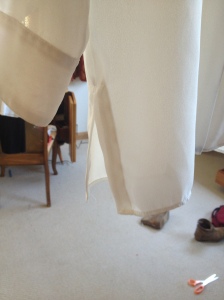
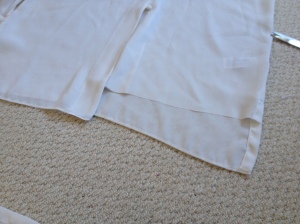
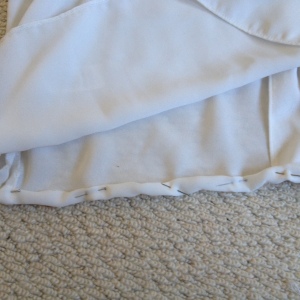
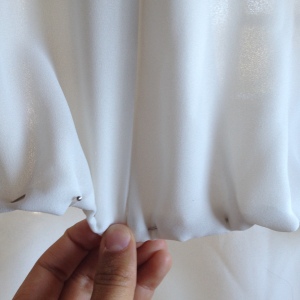
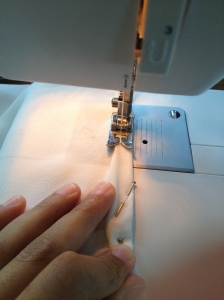
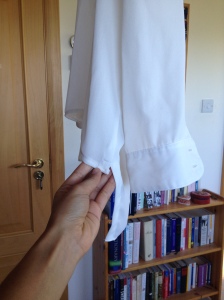
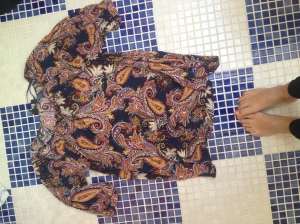
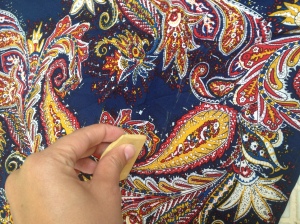
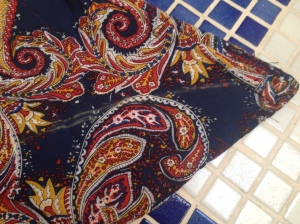
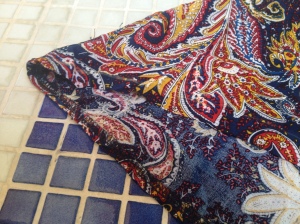
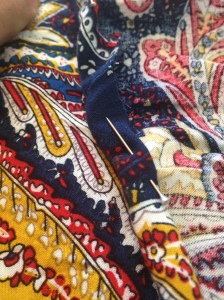
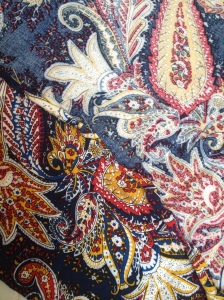
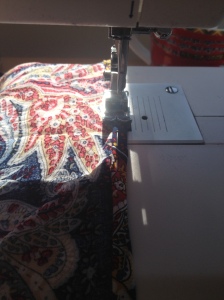
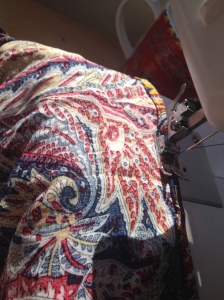
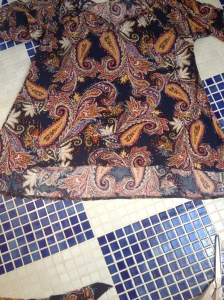
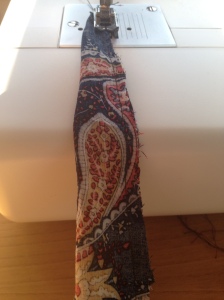
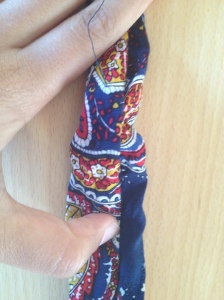
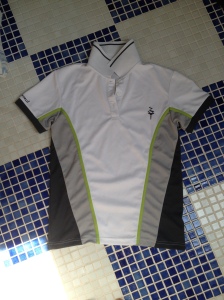
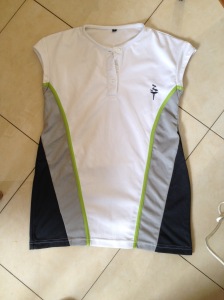 ,
,